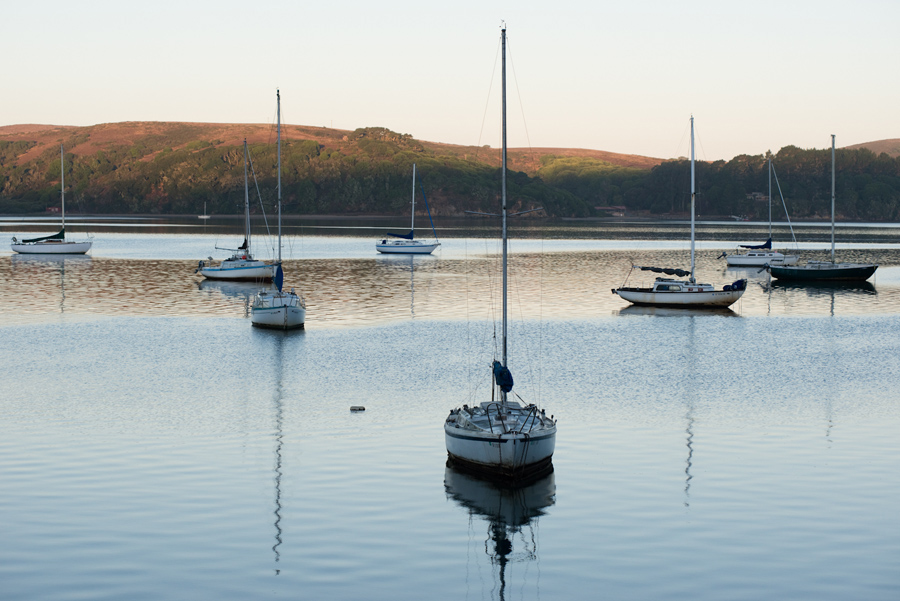A new management plan proposed last week could dramatically change boating on Tomales Bay.
Most if not all boats currently on the . . .

A new management plan proposed last week could dramatically change boating on Tomales Bay.
Most if not all boats currently on the . . .